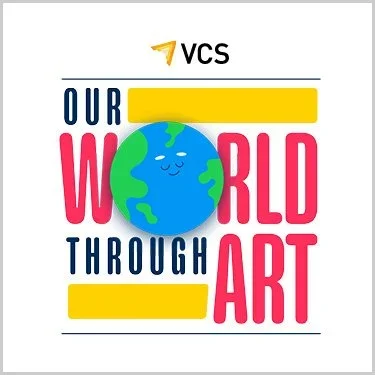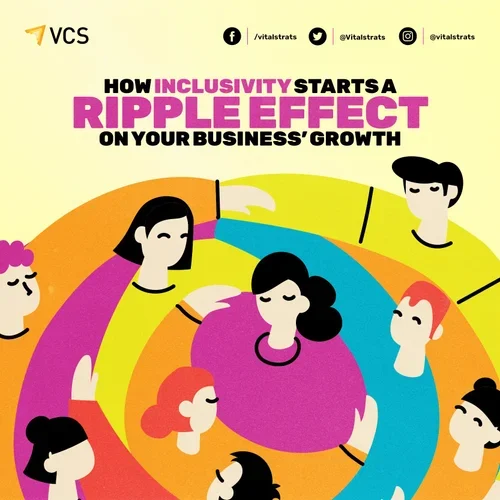The Counterintuitive Secrets Filipino Entrepreneurs Are Using to Win
The Hustle Is Real, But Are You Solving the Right Problems?
Walk through any town in the Philippines, and you’ll see it: sari-sari stores, street food stalls, small tech startups—MSMEs in full motion. These businesses are the backbone of the economy, yet most founders aren’t just chasing revenue—they are securing stability and opportunity for their families. Research shows that 64% of entrepreneurs start ventures to achieve financial independence for their households.
That goal, however, sits behind a wall of challenges. Rising costs, fierce competition, and the unending demand to “go digital” test every decision. Yet many business owners may be fighting the wrong battles. The obstacles that look biggest on paper often trace back to deeper, less visible issues—ones that can be surfaced through design thinking, a human-centered approach to problem-solving.
This mindset helps entrepreneurs look beyond quick fixes and discover the real levers for growth. Let’s break down how this shift in perspective plays out in practice.
1. The Money Challenge Is Often Fear, Not Lack of Capital
Most small businesses report lack of funding as their top barrier. Yet nearly half of Filipino MSMEs never apply for a loan. The reason isn’t always rejection—it’s fear.
Consider a typical home-based food seller. For many, applying for formal financing feels intimidating—requirements, registrations, and tax documents seem like hurdles from another world.
Design thinking reframes the question from “How do I get a loan?” to “How can I increase my daily cash flow by 20%?” That simple reframing opens up small, testable actions: bundling items, improving packaging, or offering pre-orders. These steps are low-risk, cost-conscious, and immediately actionable.
2. Retaining Talent Without Breaking the Bank
For small startups, competing with corporate salaries feels impossible. Founders often face this dilemma daily: when skilled employees are offered higher pay elsewhere, matching the offer isn’t always an option.
Design thinking reframes the problem from compensation to experience. Instead of asking, “How can I keep my people from leaving?” the more useful question is, “What would make them excited to stay?”
The answers often point to meaningful, low-cost changes: giving ownership of projects, flexible hours, mentorship, or simple rituals that build connection.
Focusing on how work feels—not just how much it pays—can strengthen loyalty and create a workplace culture that sustains itself.
3. Digitalization Happens in Small, Manageable Steps
“Going digital” has become the modern entrepreneur’s mantra. But for many MSMEs, the idea still feels too big. Surveys show that nearly one in four local businesses had zero digital presence in 2022. Many owners think it’s something to do later, when the business grows.
Design thinking starts with empathy: what does the customer actually need? Sometimes a simple messaging system for orders is enough.
Piloting a one-week trial using Facebook Messenger can increase convenience for customers while building the owner’s confidence in digital tools. Small experiments like this accumulate over time, gradually creating meaningful digital growth.
4. The Best Market Research Tool Is Empathy
Professional market research may be out of reach, but your customers provide insight every day. Observing behavior, listening to frustrations, and noting what drives repeat business can guide practical improvements.
Many local design teams find that Western-style e-commerce flows don’t always translate directly to Filipino buying habits. Research and usability tests often show that customers like to message sellers first, making a “Request Order” button more intuitive than a traditional cart system.
That small discovery can save resources and build products people actually use. As the Philippine Chamber of Commerce and Industry warns: “If you cannot innovate, your business will die.”
Empathy turns observation into innovation.
A Mindset That Keeps You Moving
Design thinking moves beyond theory. It’s not a framework to memorize, but a mindset that treats problems as experiments to learn from and improve. Entrepreneurs who adopt this mindset stop focusing solely on bigger budgets or faster growth. They ask better questions and test small solutions until they discover what works.
The next time you’re stuck, resist the urge to ask for a bigger budget. Ask a better question instead.
Take the Next Step
Learning to ask better questions is just the start. The next step is mastering how to turn those questions into practical solutions.
Happening on November 19, the Design Thinking for Entrepreneurs Workshop—a collaboration between Vitalstrats Creative Solutions and the QC Small Business and Cooperatives Development and Promotions Office—invites entrepreneurs to practice real-world design thinking tools to reframe challenges and discover new opportunities.
If you’ve ever felt stuck despite working harder than ever, this session might be the spark you need to start solving the right problems. Seats are limited. Register here: https://qc-sbcdpo.com/DTE
Work with us: https://www.vitalstrats.ph/contact-us
Discover how we think: https://www.vitalstrats.ph/about-us
Stay connected:
FB: facebook.com/vitalstrats
LI: linkedin.com/company/vitalstrats-creative-solutions
IG: instagram.com/vitalstrats
X: x.com/Vitalstrats
YOU MAY ALSO LIKE
Vitalstrats Creative Solutions (VCS) is a creative agency based in Quezon City, Philippines. VCS specializes in content marketing, advertising, and video production. We use strategic creativity to help our clients grow their brands.
Facebook: https://www.facebook.com/vitalstrats
Instagram: https://www.instagram.com/vitalstrats
Twitter: https://twitter.com/Vitalstrats
Agency Reel: http://bit.ly/VCSReel2019





